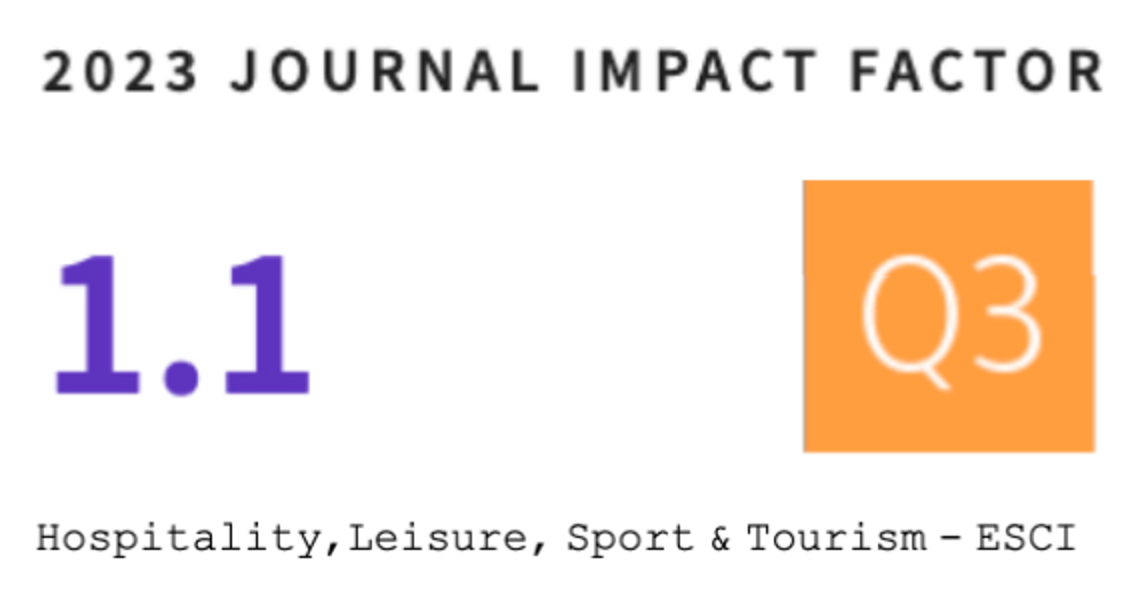Demandas físicas y fisiológicas en jugadores absolutos no profesionales durante partidos de fútbol 7: un estudio de caso. (Physical and physiological demands in non-professional adult soccer players during 7-a-side matches: a case study).
DOI:
https://doi.org/10.12800/ccd.v7i20.57Abstract
http://dx.doi.org/10.12800/ccd.v7i20.57
El estudio examinó demandas físicas y fisiológicas de 15 jugadores amateurs de fútbol 7: defensa central (DC), medio banda (MB), medio centro (MC), delantero (DEL), que participaron en 7 partidos. Se monitorizó la frecuencia cardíaca (FC) con pulsómetros y desplazamientos con dispositivos GPS. Se registraron variables físicas: distancia total (DT), distancia recorrida (absoluta y relativa) en diferentes rangos de velocidad, n° aceleraciones realizadas en diferentes rangos de intensidad e indicadores de carga globales (ratio trabajo:descanso, velocidad máx y carga del jugador), y variables fisiológicas: FC máx y media (valores absolutos y relativos). Se obtuvieron diferencias significativas (p<0,05) en función de demarcación: DT (DC<MB, MC y DEL), % DT en rangos de velocidad (a 0-6,9 km·h-1 DC>MC, DC>MB y DC>DEL; a 7,0-12,9 km·h-1 MB>DC; a 13,0-17,9 km·h-1 MB>DC y DEL>DC; y a 18,0-20,9 km·h-1 MB>DC, y DEL>DC), nº de aceleraciones (a 1,0-1,5 m·s-2 DC>DEL; a 1,5-2,0 m·s-2 DC>DEL), ratio trabajo:descanso (DEL>DC), carga jugador (DEL y MB>DC) y la FC (80-90% Fcmáx, DC>MC, DC>DEL; y >90% Fcmáx, MC>DC,MB>DC, y DEL>DC). La FC en 7 vs. 7 alcanzó intensidades mínimas recomendadas por ACSM para promover la salud cardiovascular, presentando exigencias similares a las del 11, pudiendo ser utilizado para estimulo neuromuscular, cardiovascular y metabólico.
Palabras clave: deportes colectivos, GPS, análisis del movimiento, frecuencia cardiaca, ejercicio físico y salud.
===
Abstract
The study analysed physical and physiological demands in 15 non-professional adult soccer players: central defenders (DC), right midfielders (MB), central midfielders (MC) and strikers (DEL), took part in 7 matches. Their heart rate (HR) was registered by cardiofecuenciometers and their displacements by GPS. The physical variables recorded: total distance (DT) and distance covered in different speed ranges (0-6,9, 7,0- 12,9, 13,0-17,9, 18,0-20,9 and >21 km·h-1), in absolute (m) and relative terms (%), n° of accelerations at different intensities (1,0-1,5, 1,5-2,0, 2,0-2,5, and >2,5 m·s-2); and global load indicators (work:rest ratio, max speed, and players’ load); physiological variables: HRmax, HRmed expressed in absolute and relative terms. The results presented significant differences based on position on the pitch. Significant differences (p<0,05) were found: DT (DC<MB, MC and DEL), % DT in different speed zones (0-6,9 km·h-1, DC>MC, DC>MB, DC>DEL; 7,0-12,9 km·h-1, MB>DC; 13,0-17,9 km·h-1, MB>DC, DEL>DC; and 18,0-20,9 km·h-1, MB>DC, DEL>DC), n° accelerations (1,0-1,5 m·s-2, DC>DEL; 1,5-2,0 m·s-2, DC>DEL), work:rest ratio (DEL>DC), player load (DEL and MB>DC) and heart rate (80-90% HRmax, DC>MC, DC>DEL; and >90% HRmax, MC>DC, MB>DC, and DEL>DC). The results demonstrated that the cardiovascular responses during recreational 7-a-side football matches reached the minimal intensities recommended by the ACSM to promote the cardiovascular health in healthy recreational sport participants, presenting similar metabolic responses to 11-a-side football. It can be used to stimulate neuromuscular, cardiovascular, and metabolic systems.
Key words: team sport, GPS, movement analysis, heart rate, physical activity and health.
Downloads
How to Cite
Issue
Section
License
The authors who publish in this journal agree with the following terms:
- The authors retain the copyright and guarantee the journal the right to be the first publication of the work as well as licensed under a Creative Commons Attribution License that allows others to share the work with recognition of the authorship of the work and the initial publication in this journal.














